Slurry Pump Maintenance: Essential Tips for Performance & Longevity
Slurry pumps are critical equipment used in various industries for handling abrasive and corrosive slurries. Proper maintenance is essential to ensure optimal pump performance, minimize downtime, and extend the operational lifespan.
Description:
This article provides comprehensive insights into the maintenance of slurry pumps. Slurry pumps are critical equipment used in various industries for handling abrasive and corrosive slurries. Proper maintenance is essential to ensure optimal pump performance, minimize downtime, and extend the operational lifespan. This article covers essential tips and practices for maintaining slurry pumps effectively.
Introduction to Slurry Pump Maintenance:
Slurry pumps are subjected to harsh operating conditions, including high solids concentration, abrasive particles, and corrosive environments. Regular maintenance helps identify and address potential issues before they lead to pump failures and costly downtime. By following proper maintenance practices, industries can optimize pump performance, reduce operational costs, and enhance overall productivity.
1. Inspect and Clean:
Regular visual inspections of slurry pumps are crucial for identifying any signs of wear or damage. Inspect the impeller, casing, wear liners, and seals for any signs of erosion, corrosion, or excessive wear. Clean the pump components regularly to remove built-up slurry deposits, ensuring smooth operation and preventing potential blockages.
2. Lubrication:
Proper lubrication is vital for reducing friction and wear within the pump. Follow the manufacturer’s guidelines to determine the appropriate lubrication requirements for bearings, shaft seals, and other moving parts. Regularly monitor and replenish lubricants as needed to ensure optimal pump performance and prevent premature component failure.
3. Check Seals and Gaskets:
The seals and gaskets of slurry pumps act as barriers to prevent slurry leakage. Regularly inspect these components for any signs of wear, cracking, or deterioration. Replace seals and gaskets as needed to maintain their integrity and prevent slurry from damaging other pump components.
4. Monitor Vibration and Noise:
An increase in vibration or abnormal noise levels can indicate potential issues within the pump. Regularly monitor and analyze vibration and noise patterns to detect any changes or anomalies. Address these issues promptly, as they could be indicative of misalignment, cavitation, or worn-out components.
5. Replace Wear Parts:
Slurry pumps are subject to significant wear due to the abrasive nature of the handled slurries. Regularly assess the condition of wear parts, such as impellers, wear liners, and throatbushes. Replace these parts when they reach their designated wear limits to prevent further degradation of pump performance and avoid costly damage to other components.




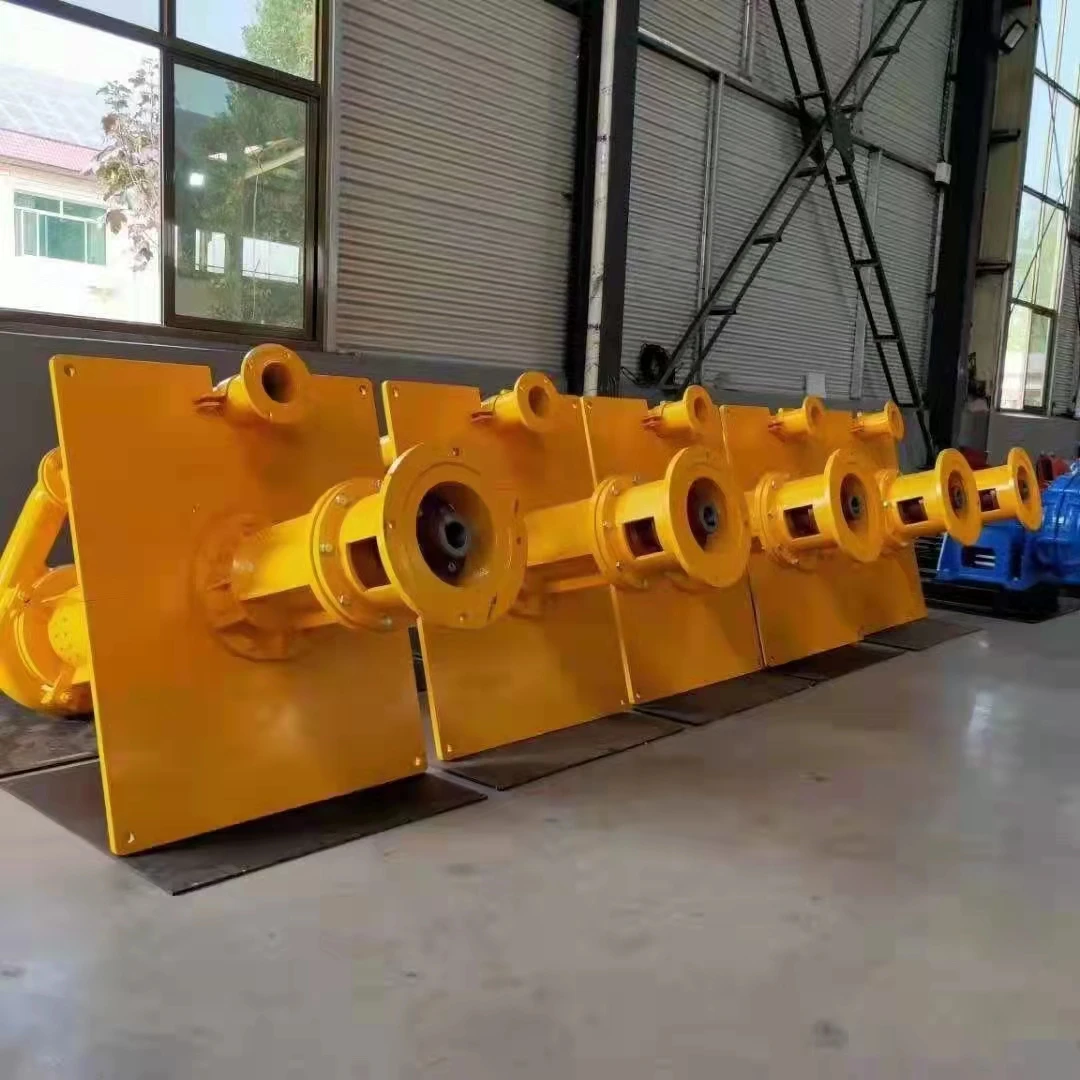
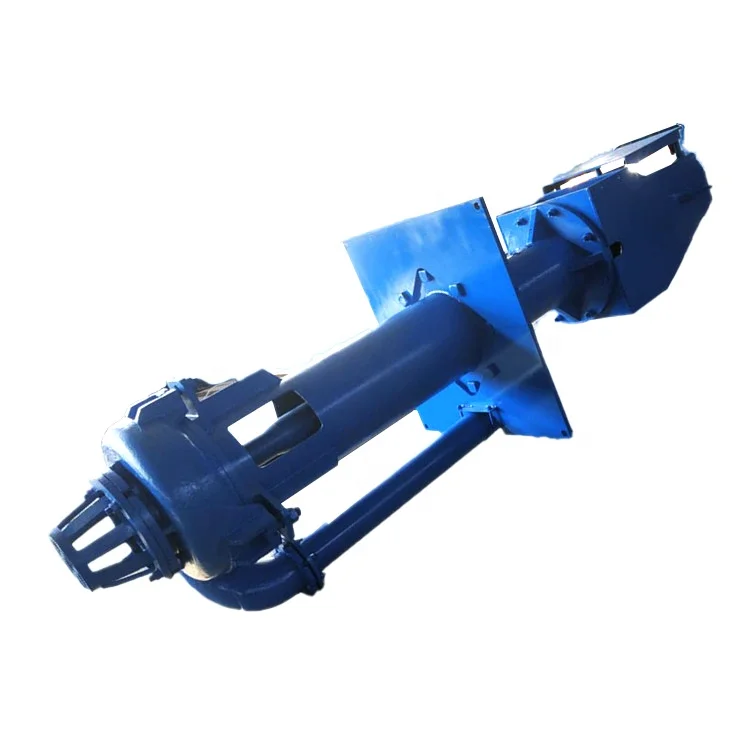
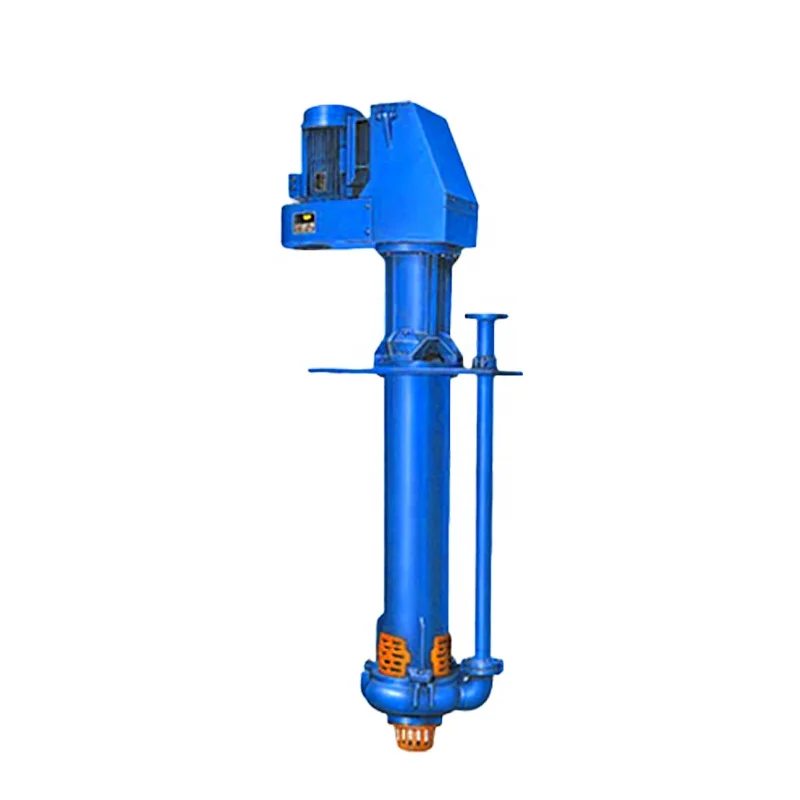
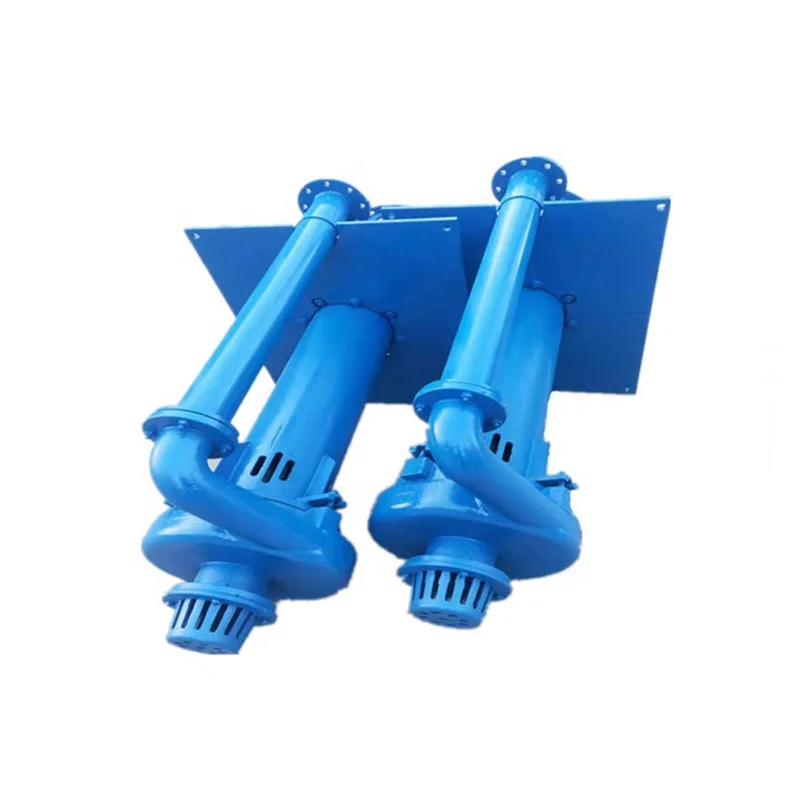
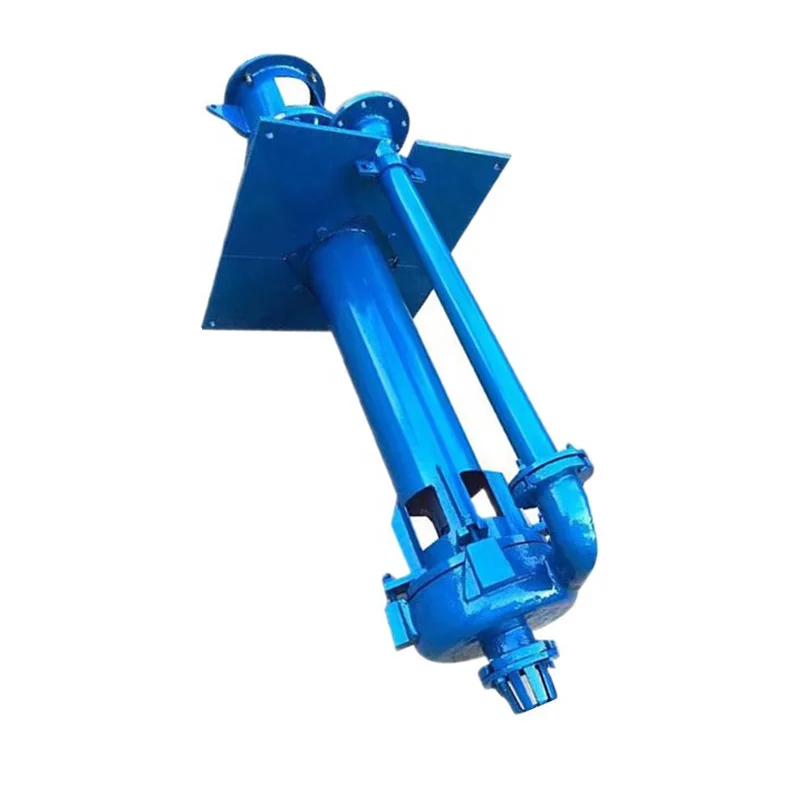

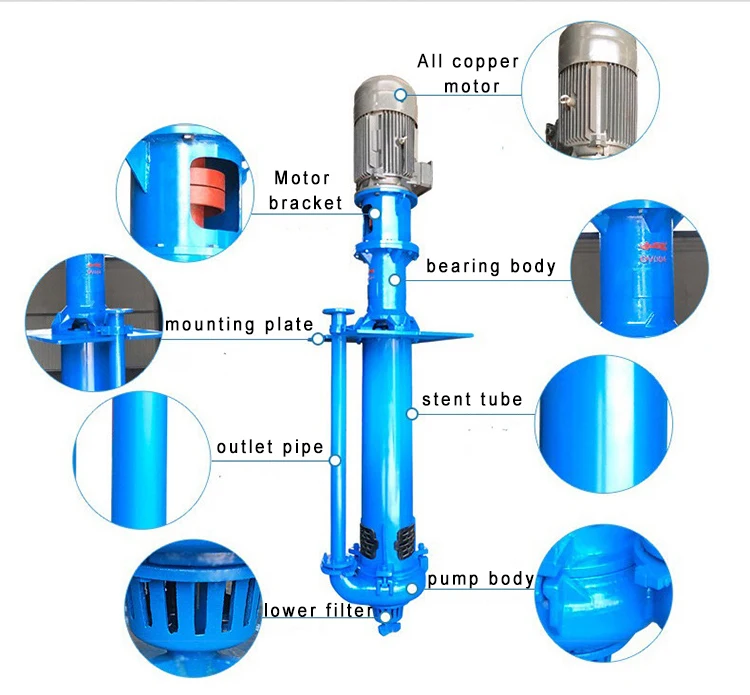
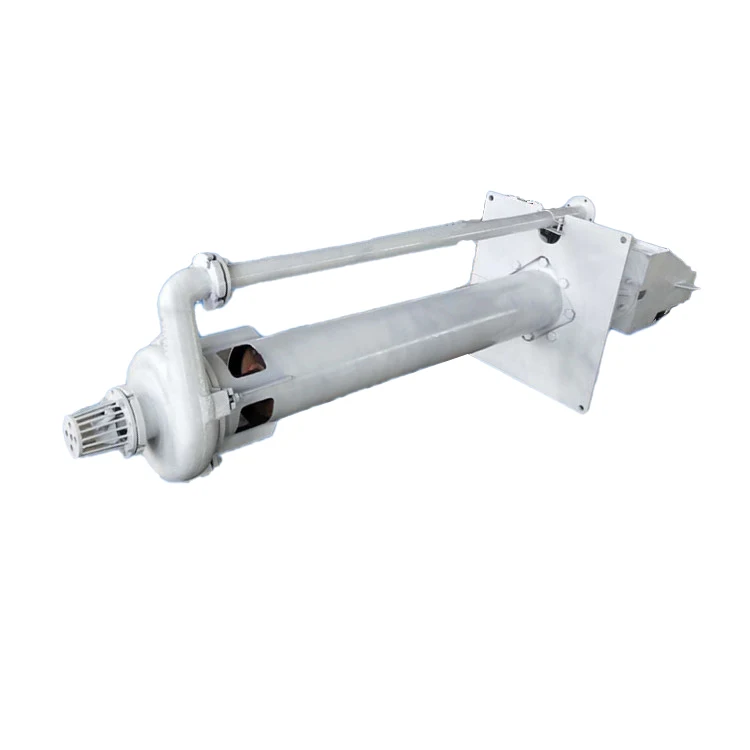
Please login to write a comment after